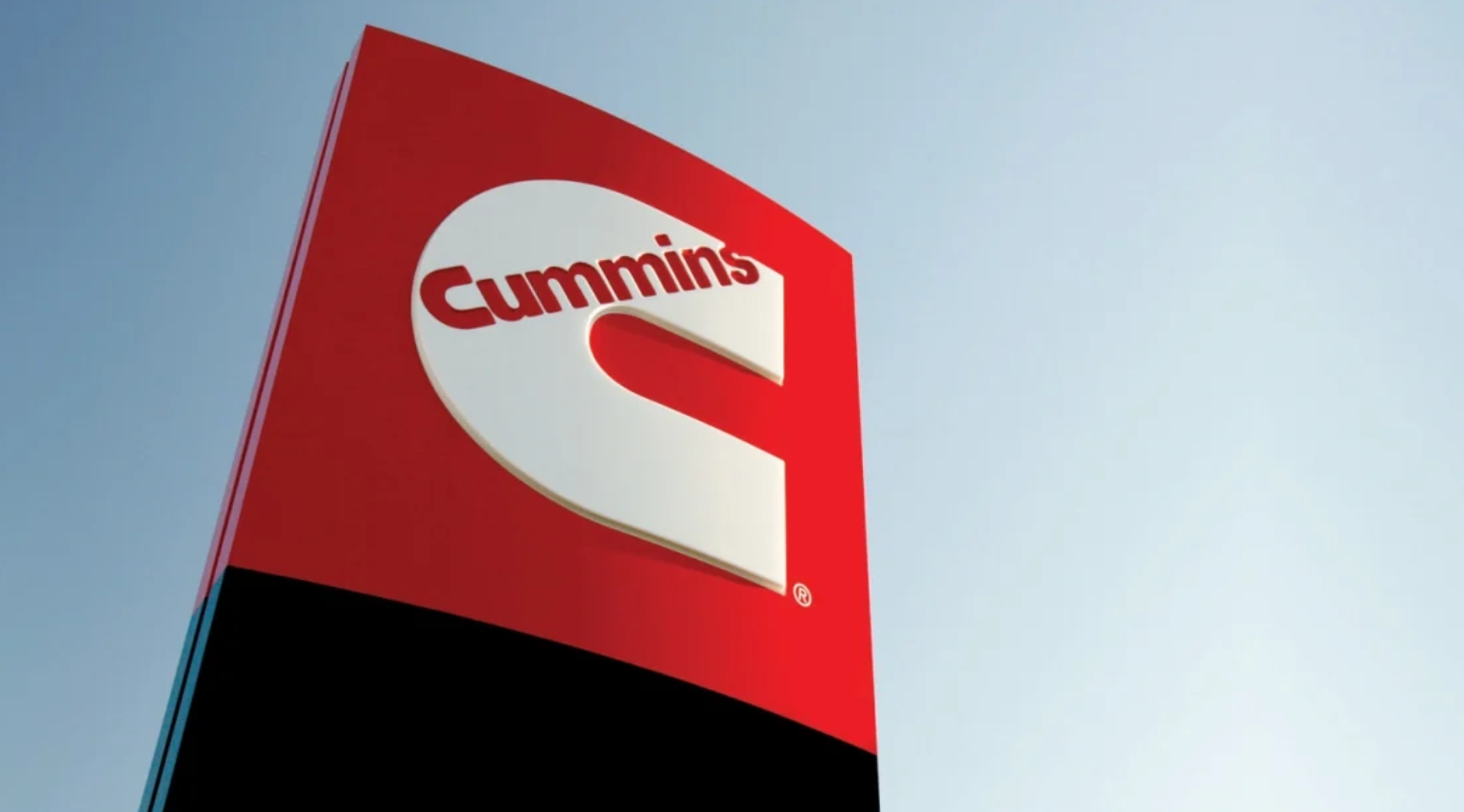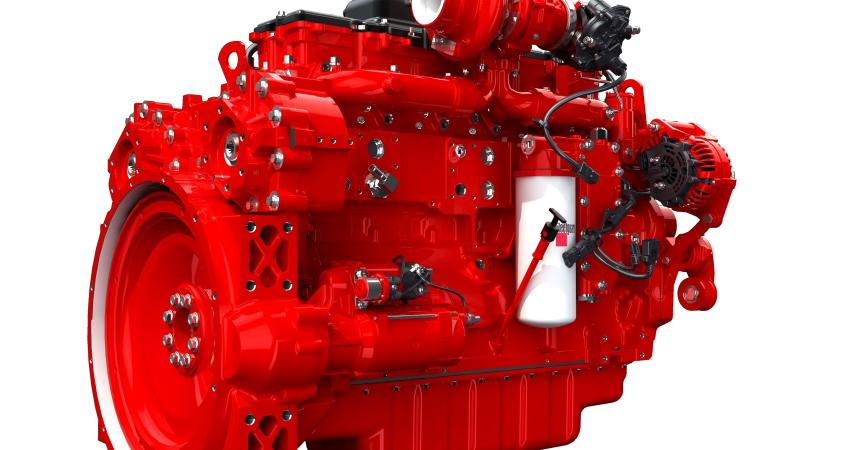
That is the view of Eric Neal, executive director of Cummins off-highway business, who adds the proviso that this is dependent on “as long as we can get the material to build engines. We’ve got a lot of demand right now that can certainly support that growth, and maybe more actually,” he says.
In a Covid-hit year of general market contraction, China in particular and also India were the countries providing the biggest boost to revenue streams at Cummins during 2020, both for on-highway and off-highway engines.
US-headquartered Cummins full-year 2020 results, published in February, showed that revenues totalled US$19.8bn, 16% down on 2019. Sales in North America declined 21% and international revenues declined 7%. Sales were down over the year in all major regions except China, where demand for trucks and construction equipment reached record levels.
The engine business represents about 40% of Cummins overall revenues and in the fourth quarter of 2020 sales increased by 2% year-on-year to US$2.3bn. On-highway revenues increased by 1% and off-highway revenues increased 4% in Q4. Sales were flat in North America but increased by 8% in international markets, primarily due to increased demand in China and India.
“The second half of the year came back much stronger than anyone predicted,” said Neal. “And if you look at the first quarter so far this year, the demand for the off-highway business is coming in at a much stronger rate than anyone could have foreseen.”
Neal says Cummins is still investing heavily in R&D despite the revenue impact of Covid, with more than US$900m put into this area in 2020. "We are not taking our foot off the throttle in terms of our technical investments," he added.
In terms of off-highway equipment that is currently seeing the most demand, Neal picks out the excavator segment.
“In both residential and commercial construction, demand in North America is pretty high and road construction is also up,” he says. Brazil is another major off-highway market where demand has been strong for Cummins products.
Neal says that one of the biggest issues for engine and vehicle manufacturers arising from the Covid pandemic is constraints and disruptions to component supply chains. There has been a shortage of automotive electronic components such as electronic control units (ECUs) and semiconductors. On highway and passenger vehicle makers such as Toyota, Honda and Volkswagen have all recently announced problems with semiconductor availability or reduced production.
On March 22 the world’s second largest truck manufacturer Volvo said it would have to stop truck production due to the worldwide semiconductor shortage.
“A lot of the same microchips that are used in those areas – whether for a pick-up truck, a television or a diesel engine – we are now competing for the same amount of capacity,” Neal says.
He adds that, while Cummins has done “a decent job” of getting through the supply chain disruptions, it has not been unscathed. “I’m spending a pretty good chunk of my daily work now on updates with our supply chain,” says Neal. “It literally changes on a day to day basis.”
Covid safety protocols introduced at shipping ports have also led to delays in component supplies to manufacturers.
Non-Covid factors have also had an impact. The winter storm that hit North America in February led to several of Cummins' suppliers shutting down, creating “a big blip for us” according to Neal.
Neal predicts the supply issues could persist over the coming months. Despite this he says that Cummins’ global network of manufacturing plants and suppliers has meant the company has been able to move some of its supply around and maintain a reasonable level of continuity in its operations.
“Companies that don’t have a global network are seeing the biggest impact,” he says. “The off-highway engine market is very active right now, and everybody that is able to is taking orders and building product.”
A further global trend that Neal identifies over recent years is the downsizing of excavator engines. The chief engine for a 20-tonne excavator was 6 cylinders, but OEMs (original equipment manufacturers) are now starting to use 4-cylinder models due to both improved vehicle efficiencies and the ability to get more performance out of smaller engine sizes.
Regarding the potential uptake of alternative power such as electrification in the off-highway engine sector, he predicts the most rapid levels of adoption could be in small material handling equipment and in port handling equipment (partly driven by zero emission requirements at ports). Smaller construction equipment such as mini-excavators in the rental sector could also see rapid adoption of electrical power.
Neal says that, although Cummins is investing heavily in alternative power technologies, it is not making a full shift away from diesel. “We do believe that diesel will always have a place,” he says. “We will definitely have a solution for both internal combustion engines as well as alternative power, which also includes natural gas.”









